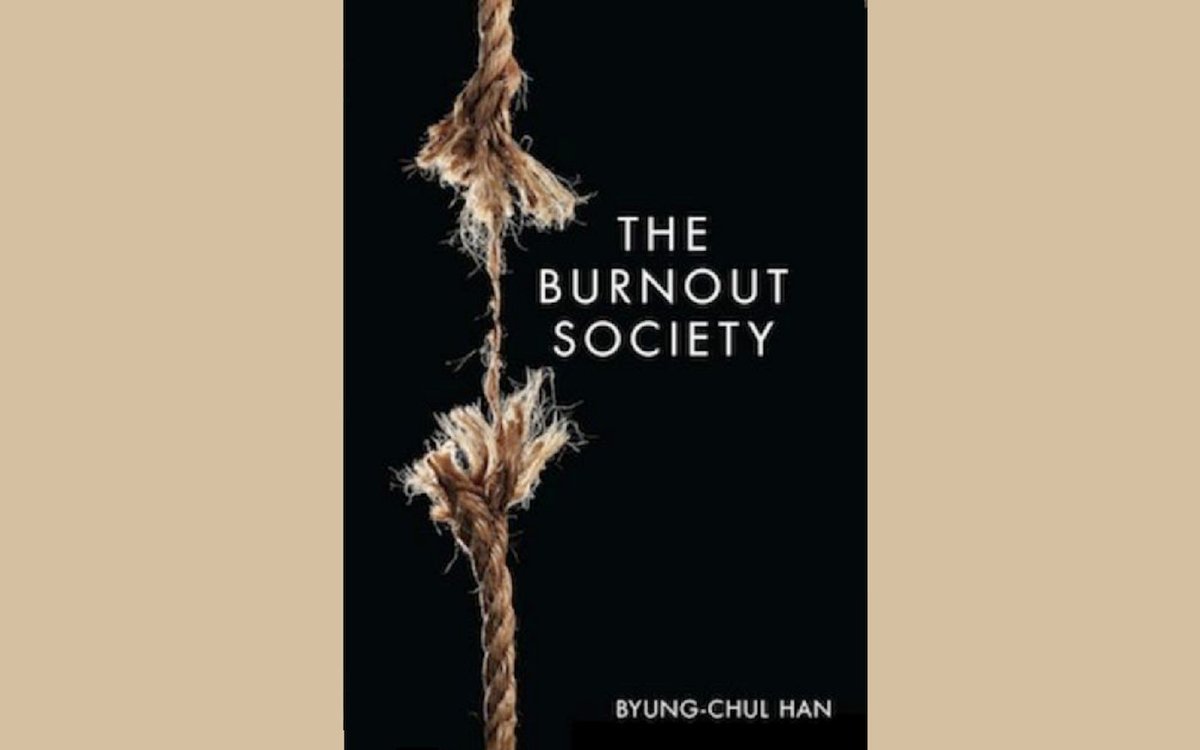The Burnout Society is the way Han Bung-chul a Korean born philosopher living in Germany describes the society in which we live. He diagnoses people as being both perpetrators and victims of fatigue—exploiting and exhausting themselves—separating themselves from others and themselves. The fatigue that is experienced he calls a "solitary fatigue" precisely for this reason.
A professor from Gwangju Catholic University writes in the Theological Perspective Quarterly about the need for re-education of the 'floating Catholics'—intermediate Catholics, who are between the committed and those who are no longer part of the community and living in this burnout society which has entered the church.
This fatigue can develop into violence that may destroy the lives of individuals as well as the society to which they belong. The writer strongly feels the sociological diagnosis leads to a pastoral search for remedies for the fatigue that we find in the field of theology. Pastoral research is necessary for the efforts in the past have been mostly temporary strategies.
He reviews the recent statistics of the church that were published. The government census in 2015, made every ten years, showed a drop in the number of Catholics from the church's own statistics. In the 2005 census, Catholic were 10.8 % of the total population, in the 2015 census only 7.9 %.
This was embarrassing for the church. Those who left the community of faith were about one third. Over half of the Catholics can be considered to have left the community of faith. According to the church's own statistics Catholics who attended Mass in 2015 were 20.7%, in 2016 it dropped to 19.5%.
According to many, we have a core group of religious people and semi-peripheral and peripheral groups. The core group which numbers from 5 to 15 % do not speak for the larger number of Catholics. In a recent survey 70 % of the Catholics who have left the community show a possibility of returning while 30% showed no similar desire. The main reason for leaving the community was to make a living and for studies—44%.
We have various divisions of those who have left the community of faith: religious abstention, apostasy, disaffiliation, and unchurched—also different degrees of leaving the community of faith. Many who are members are also in some of these categories and it is these that the Church should desire to make core members.
We have active and passive members. Those who know how to pass on the message but we need those who live the message and have not separated the living from the thinking. The article wants the church to be interested not only in core believers and the lapsed Catholics but on the large numbers within the community of faith who are peripheral believers, intermediate believers, to help them become core believers for they are the ones who become lapsed.
These are the burnout members of our faith community who need the concern of the pastoral workers to make them active and contemplative members of the community of faith.
